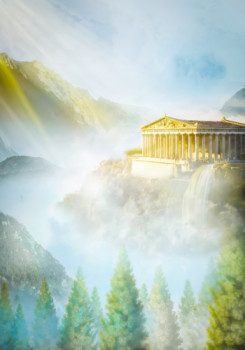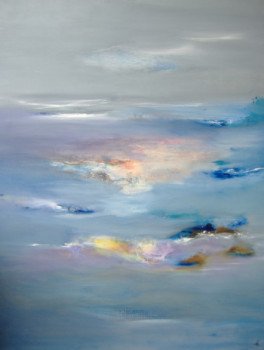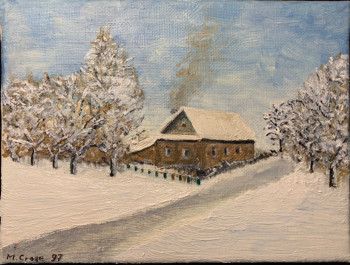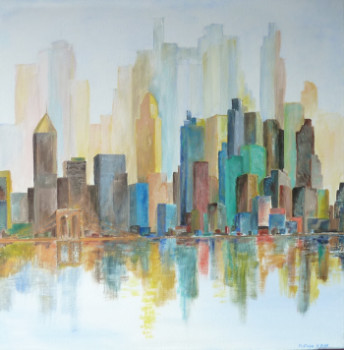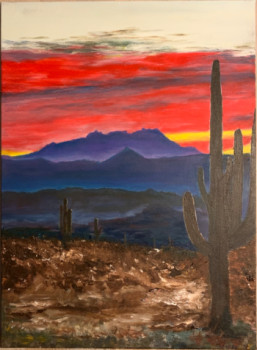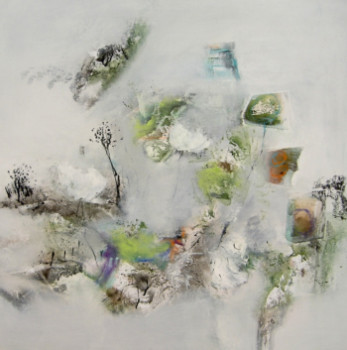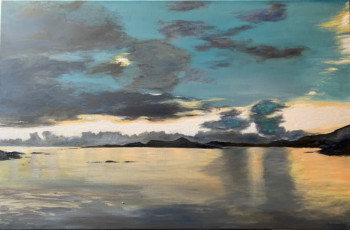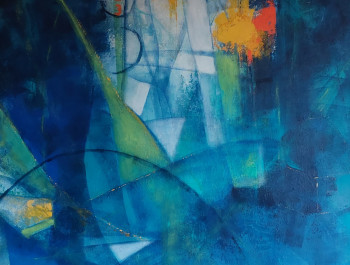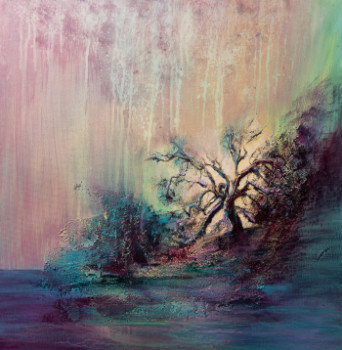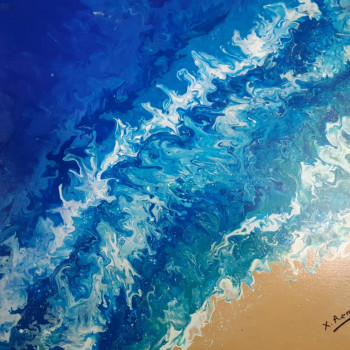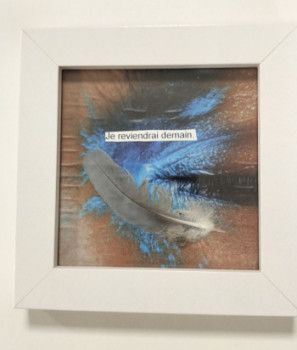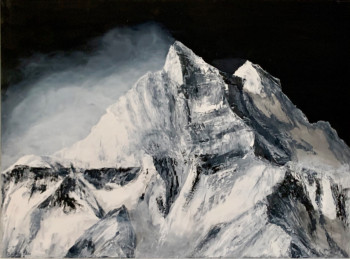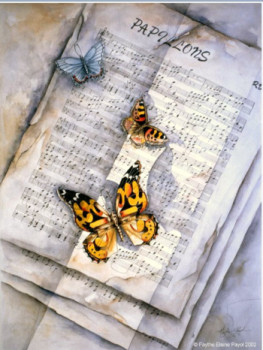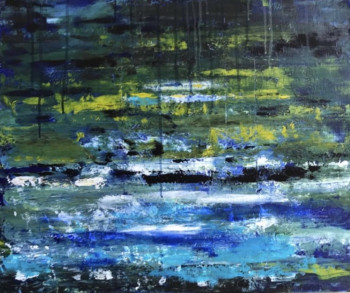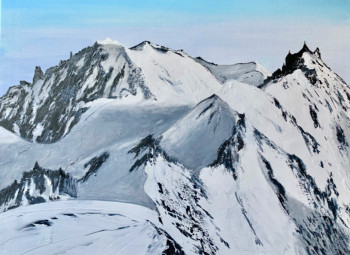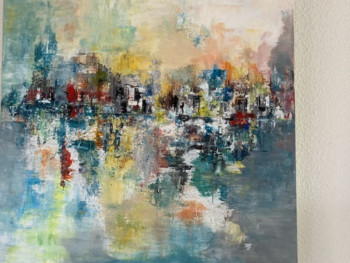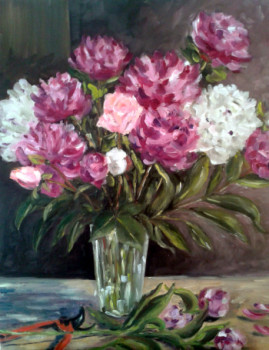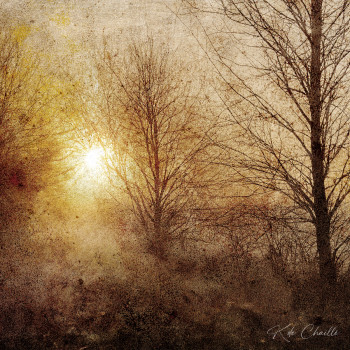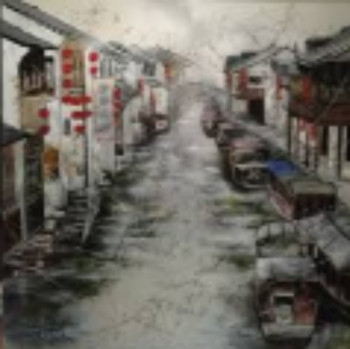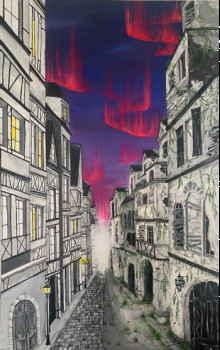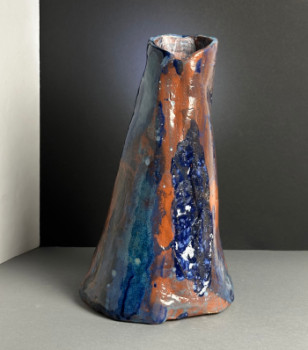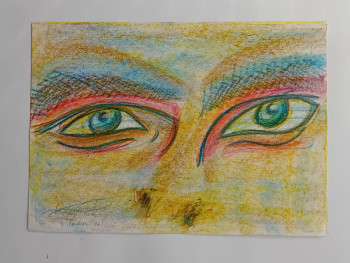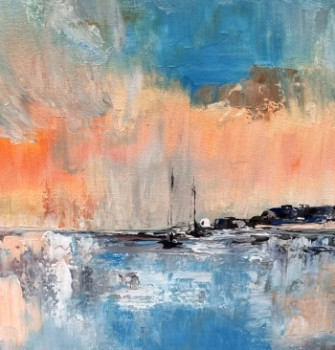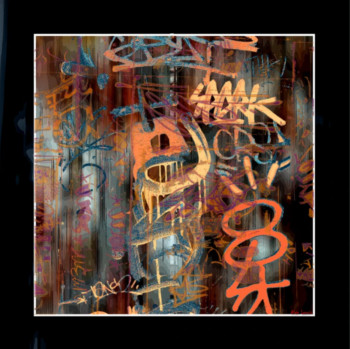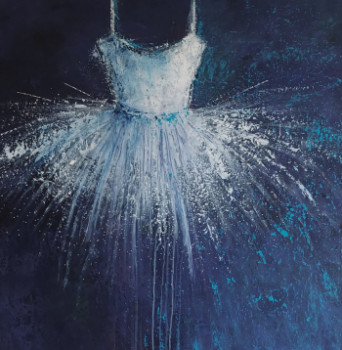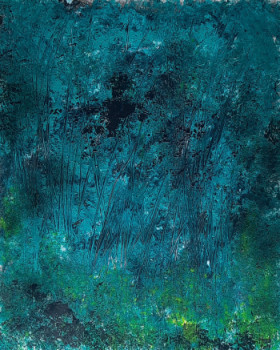
John Lovett where the art of generating “unforeseeable accidents” in his works

Since the start of his career, John Lovett has organized more than thirty-five exhibitions Let's explore together the assemblages of this contemporary Australian artist who works in watercolor, oil and mixed techniques and whose works are represented by found in numerous private collections in Australia, but also in Europe, Asia and the United States.
John Lovett, an inspiring artist
Lovett's travels greatly inspire the art of this contemporary artist. In an interview, this seasoned traveler explained that he enjoyed the contrast between two different subjects such as «The remoteness, dramatic colors and ancient textures of the Australian outback [have it] always attracted» and « Europe's architecture, culture and history trigger an entirely different approach to painting». Lovett's ideas for assemblage always find their origins in the world. through these contrasts.
Furthermore, the artist contemporary is influenced by his work. by the works of other artists that he sees during the galleries, but also through books, magazines and contact with other artists on the Internet.
The contemporary artist is interested in watercolor, around thirty years ago. He used it to create small, quick paintings. It wasn’t until he tried to stop mastering watercolor as this material has been used in many years. interesting for his mixed techniques. This allowed him to work with «unforeseeable accidents». To make his assemblages, Lovett starts with a rough plan and then lets it go, encouraging «accidents» occur on the web. Lovett believes that he does not really have a model to create the assemblages of his paintings However, he greatly appreciates the work carried out by him. by Franz Kline, an abstract expressionist whose calligraphic marks in his works are, according to him, «beautifully executed and perfectly proportioned».
To create his assemblages, Lovett can take a few hours or several days. Generally speaking, he enjoys finishing his painting at a later date. 90%. He then sits down in front of his board and writes a few notes in his notebook. After returning to it after several days, he sees whether the changes he noted on his notepad are wise or not. For him, this approach is an excellent solution to his problem.
Although he enjoyed working in the field, finding small, quick paintings difficult to complete. Created in a studio, this contemporary artist prefers to work in a familiar environment for more complex works. Indeed, it enjoys controlled lighting, a coffee shop and a coffee shop. reliable and less distracted.
This contemporary artist’s use of mixed media to paint his landscapes
The sketch: a basis that survives in the final work
This contemporary artist's use of mixed media begins from the moment he paints the picture. he begins to draw. All his paintings are based on a drawing that he made with direct lines which, very often, are present in the final work. Gradually,Lovett constructs his painting by drawing in detail. using brush, pastel, ink, charcoal then he integrates the painting. Lovett explains that « it is the contrast between this sketch and the detail that makes the work interesting.». This contrast between the sketch and the final version is a assemblage between different drawing tools to create a unique work.
The use of paint in Lovett's paintings
When Lovett begins a painting, he decides in advance where to paint. place the focal point in your painting to ensure that the most vibrant colors and maximum tonal contrast are located at the center of your painting. this place. The idea is then to use shapes or lines which, by reinforcing this point, draws the viewer's eye to it. Once this point is well defined, the contemporary artist sets about working on it. Create secondary points, being careful that they do not create confusion with the main focal point.
Generally speaking, Lovett explains that he never knows what to expect. advances the parts of the table where it will simplify the shapes. He lets himself go; paint and, when he examines what is happening, he becomes aware of the different places he needs to simplify. For this contemporary artist, this work is decisive in ensuring that the painting is «perfect». The abstract expressionists have a great influence in his paintings.
A minimalist palette for impressive mixes
To create a assemblage by integrating the painting into the image. his basic drawings,Lovett uses a palette of half a dozen colors, which allow him to obtain any color he wants, such as:
- blue (French ultramarine blue, phthalo blue);
- red (permanent Alizarin crimson);
- yellow (quinacridone gold, Indian yellow);
- white (white gesso, white gouache).
The contemporary artist specifies that the color yellow is very important in his paintings since the Quinacridone gold or Indian yellow, being very transparent, influence the color of its mixtures. the difference from opaque yellows which creates a sort of mud with dark colors.
Color in the assemblages of this contemporary artist
Lovett does not hesitate to testing new colors and new tools to enrich your mixed techniques however, although this process is simple, it requires time. To determine the colors he will use for his assemblages, the contemporary artist places a mark of each color approximately 10 mm wide and 50 mm long in the center of a sheet of paper. The latter is cut cut it in half so that half of it is placed on top of it. stuck to a window exposed to sunlight and another half away from light. If the two pieces of paper have changed or faded after six months, Lovett will not use them, considering them not reliable enough. Although he uses his materials in an unorthodox way, the contemporary artist makes sure to use quality pigments. artistic which is at agrave; both resistant to light and neutral pH.
The new gessos find favor with Lovett given their sensitivity to light and neutral pH. that once dry, it is easy to redraw or paint with your own hands. new on top. Indeed, when the paint is dry, it creates a sort of milky mist which will be used to create an assemblage with finer details.
This allows him to create more attractive work.
Découvrez quelques oeuvres inspirées de Lovett

